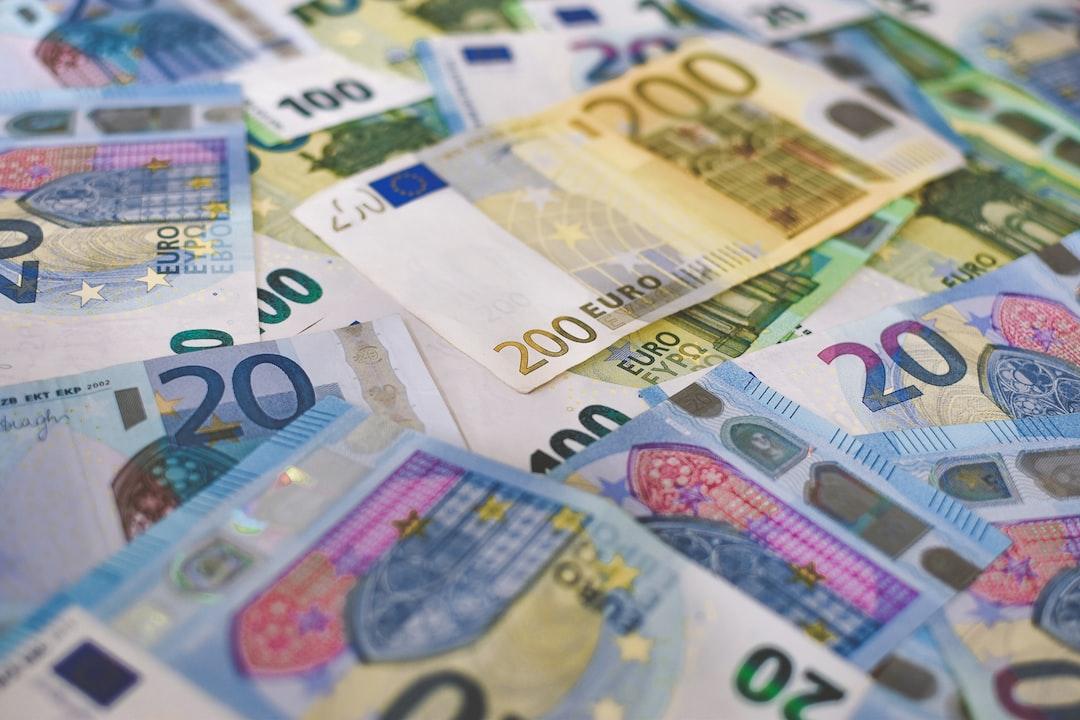The Central Bank of the Republic of Peru (BCRP) has entered into an agreement with the National Payments Corporation of India International Payments (NIPL) to establish a system similar to India’s Unified Payments Interface (UPI). The Reserve Bank of India (RBI), a co-founder of the National Payments Corporation, joined forces with the BCRP to make this initiative possible.
This new system is set to revolutionize financial inclusion in Peru, addressing the needs of the significant unbanked population in the country, much like India’s UPI which facilitates offline transactions. It will also foster interoperability between domestic and international payment systems, providing Peruvians with more diverse payment options.
According to BCRP Governor Julio Velarde, the system will open doors for new participants to enter the Peruvian ecosystem and complement the existing payments industry. While no specific launch date has been disclosed, the potential impact of this collaboration is significant.
NIPL, established in 2020, has garnered support from countries like Sri Lanka, Mauritius, France, the United Arab Emirates, Singapore, Bhutan, and Nepal for the UPI system. Furthermore, it is currently working with the Bank of Namibia to introduce a UPI-like payment system in the country under an agreement made in May.
In addition to these developments, partnerships with Google Pay and financial institutions in the United States, Japan, China, and Singapore have expanded NIPL’s reach. Singapore notably became the first country to integrate with PayNow through the UPI in February 2023.
Peru has shown interest in exploring stablecoins tied to the Peruvian sol, along with contemplating the introduction of a central bank digital currency (CBDC) since 2021. BCRP has collaborated with monetary authorities from China, India, Singapore, and Hong Kong to develop a CBDC in 2021, a year ahead of India’s official launch of its retail CBDC pilot.
In a rapidly evolving financial landscape, the establishment of a UPI-like system in Peru signifies a step towards greater financial inclusion and digital innovation, setting the stage for a more interconnected global payment ecosystem.

